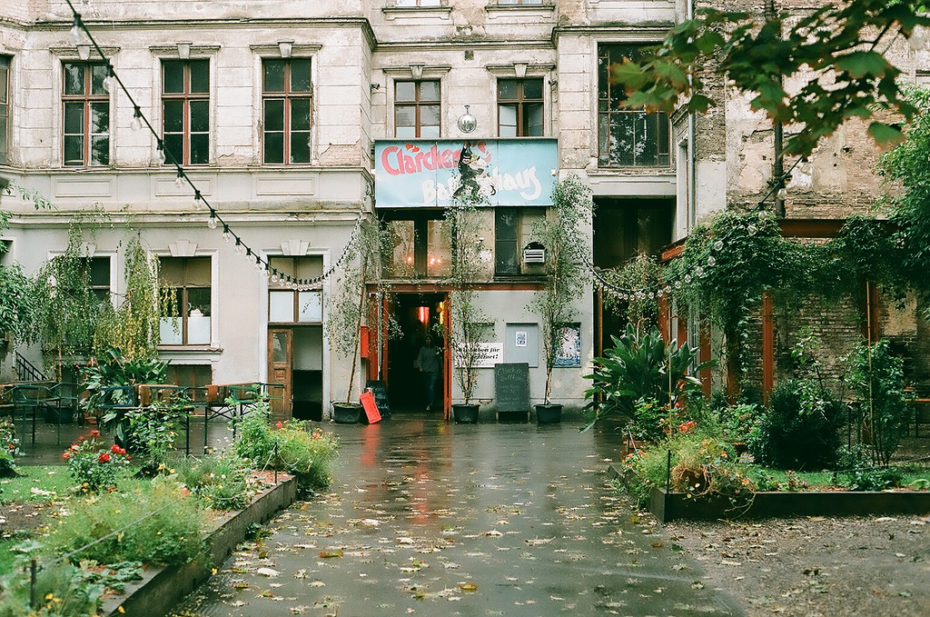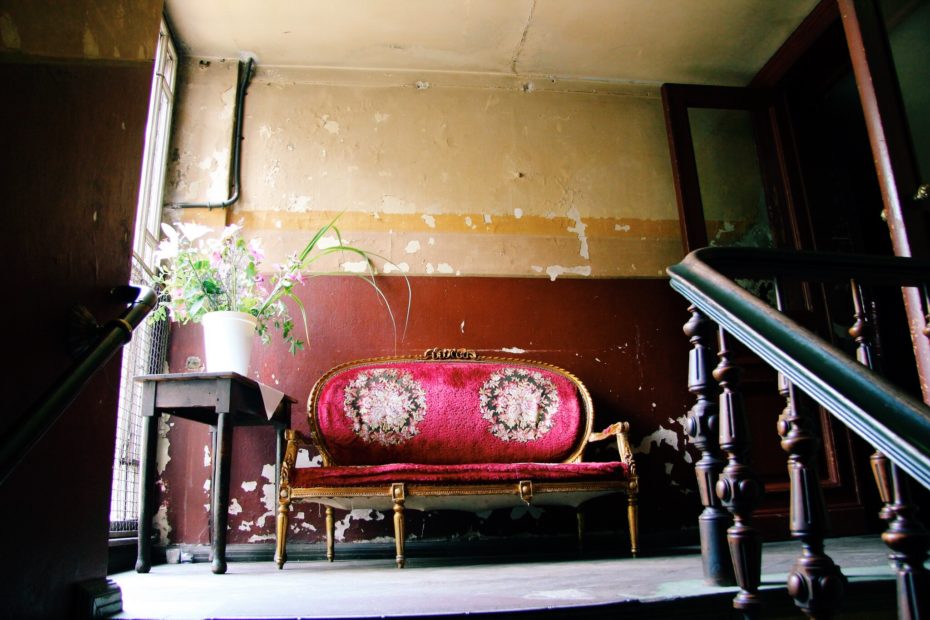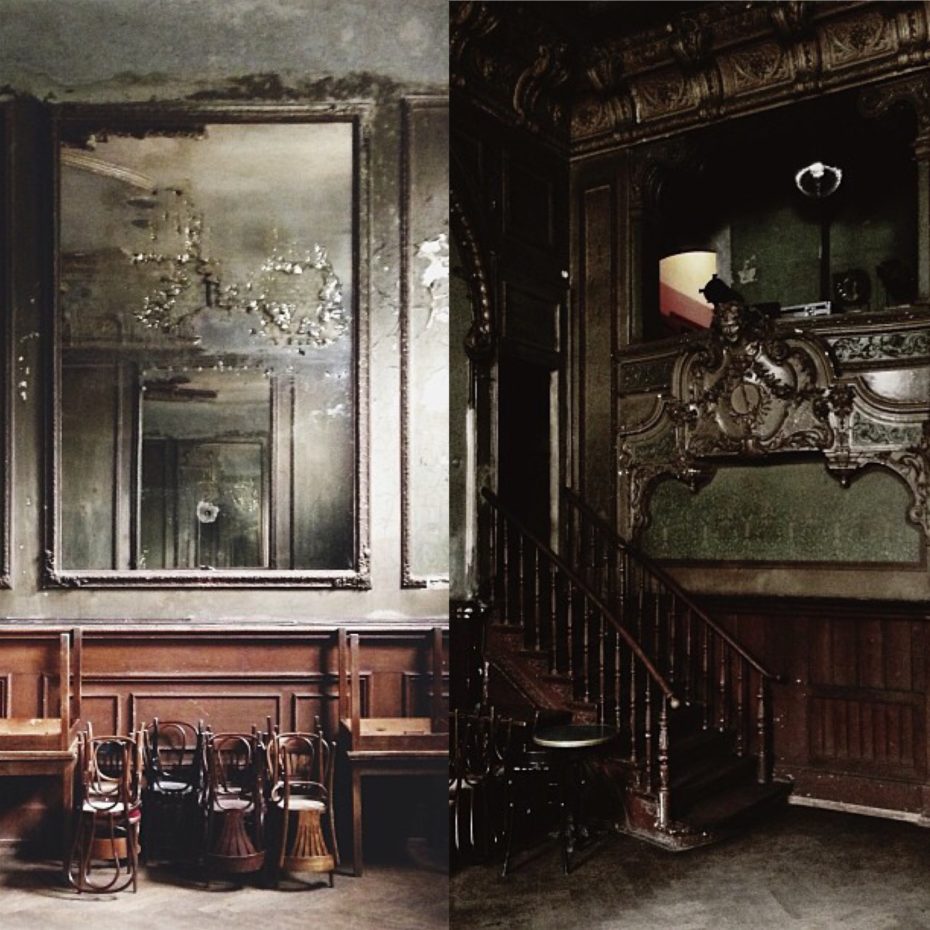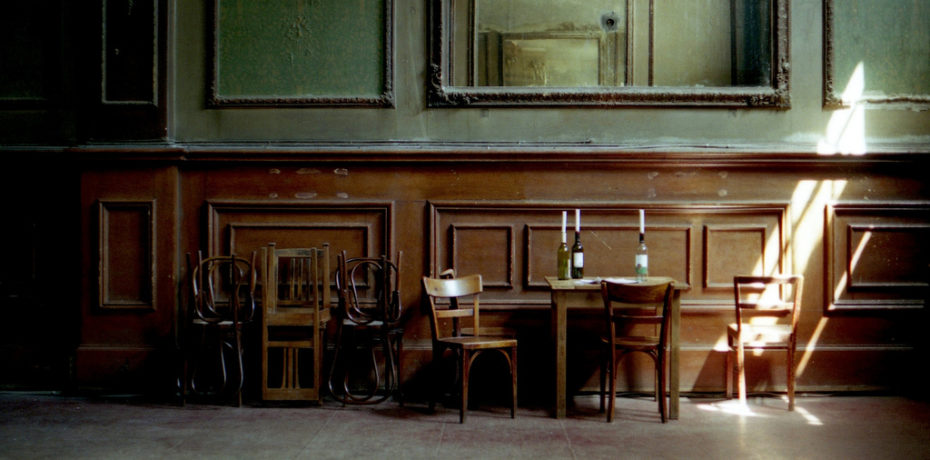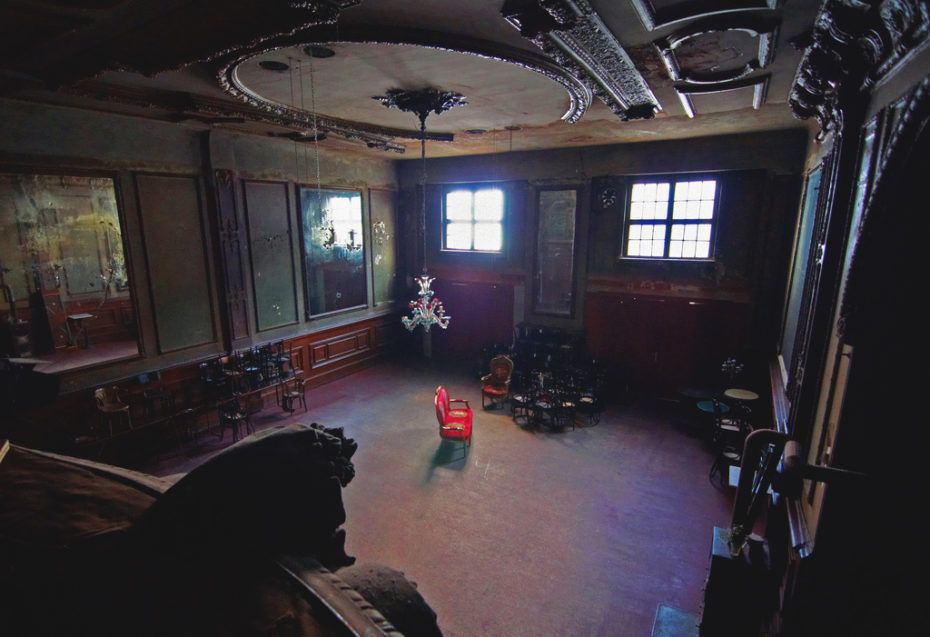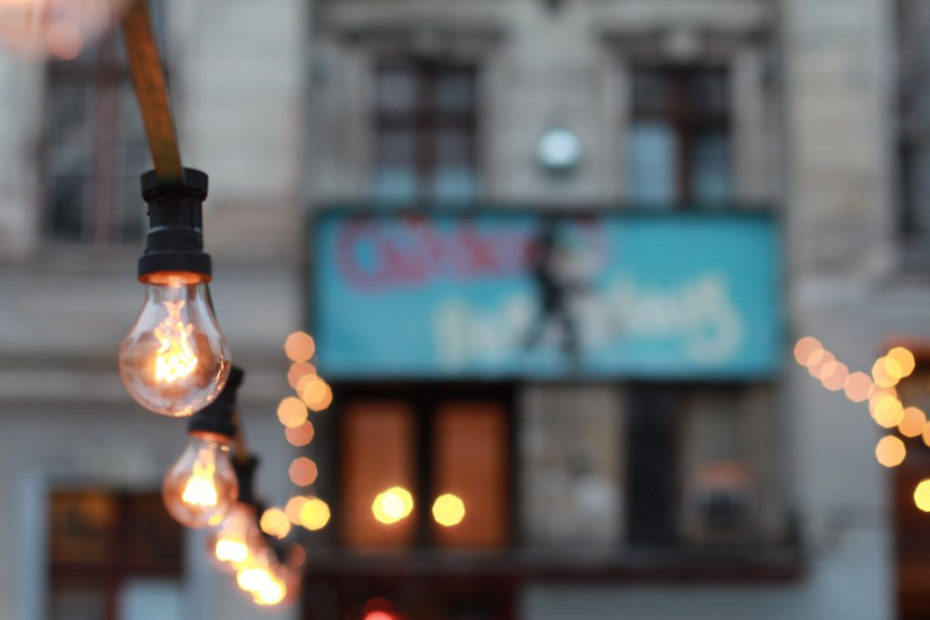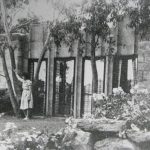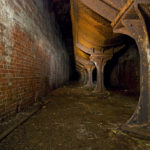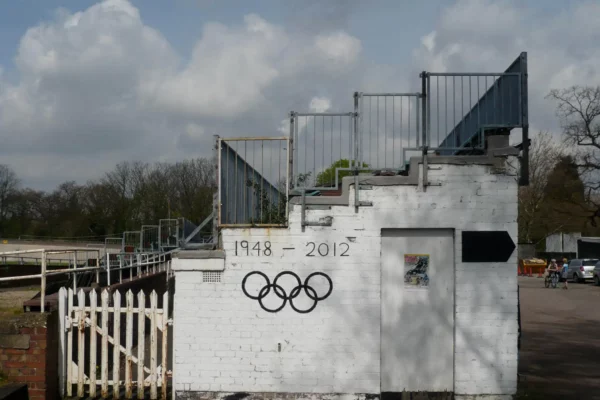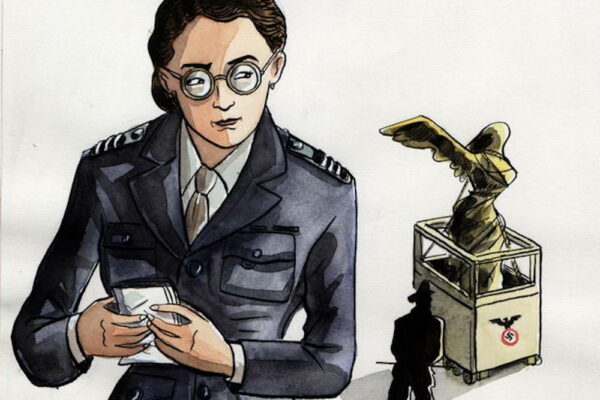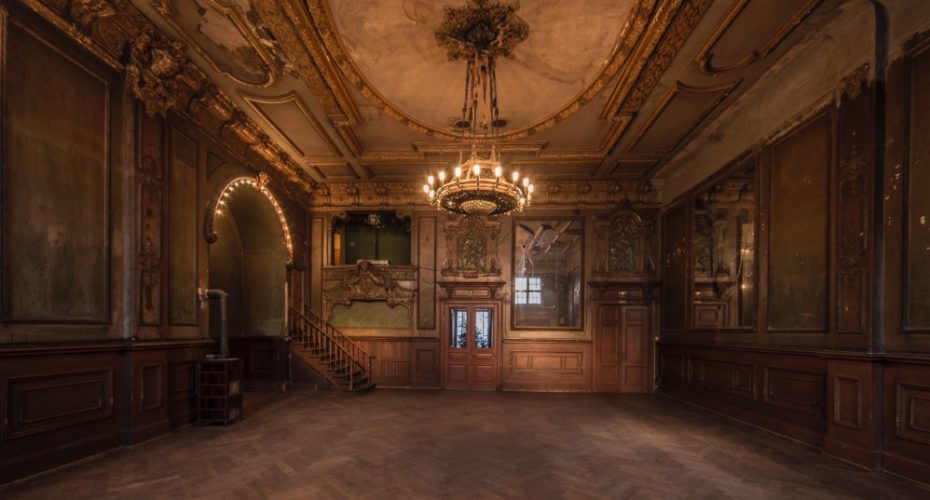
©BallhausBuch/Marion Kiesow
Looking for the remnants of old Berlin is difficult. Not so much the churches, museums and monuments, but the bars, restaurants, theatres and cafes that once graced the city. For a brief while between the two World Wars, Berlin was one of the most decadent, thrilling and glitziest of European cities. “The city had a jewel-like sparkle, especially at night, that didn’t exist in Paris”, remarked Josephine Baker. At it’s dazzling height, there were some 900 dance halls alone in Berlin. Hedonists, flappers, cabaret-goers and dandies enjoyed over 500 slightly more salacious night clubs throughout the city. But today, virtually nothing authentic remains of this old Berlin.
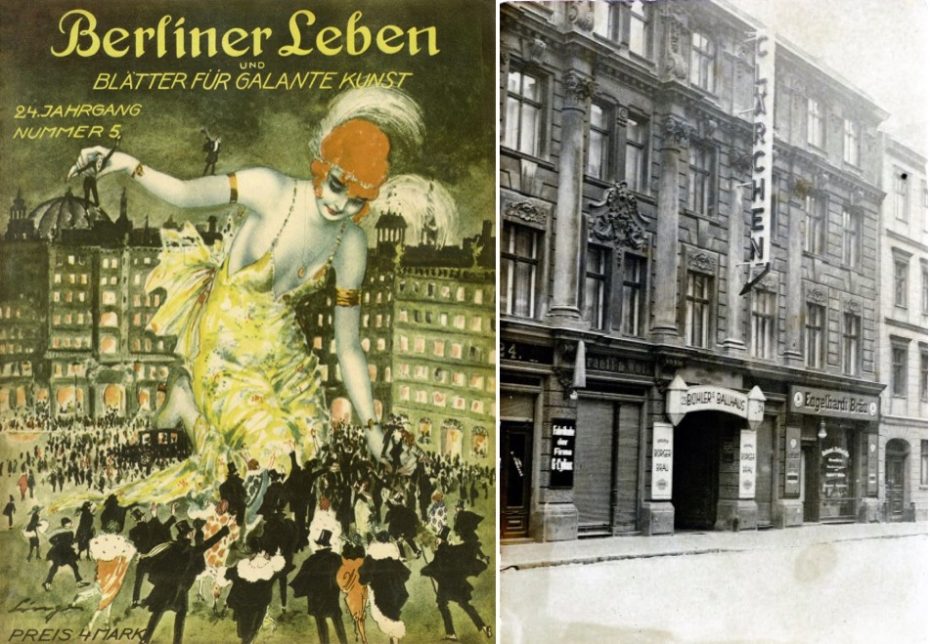
Except for one treasure, found on Auguststraße in Mitte-Berlin. Here is Clärchen’s Ballhaus (Clärchens Ballroom), one of the only old dance halls left in the city. It has survived the fall of the Kaiser, the brutal clampdown of National Socialism, the firestorm that engulfed and destroyed virtually all of Berlin in the Second World War, the Berlin Wall, and Germany’s dramatic re-unification. Indeed walking into the faded grandeur of the old dance hall is to step back in time a hundred years.
The original building on Auguststraße dates back to the 1890s, but it was in 1913 that Fritz Bühler and his wife Clara opened a dance hall there, nicknamed Clärchen, in her honour. With a leafy beer garden in the courtyard and a dance hall downstairs, it soon become a popular night spot.
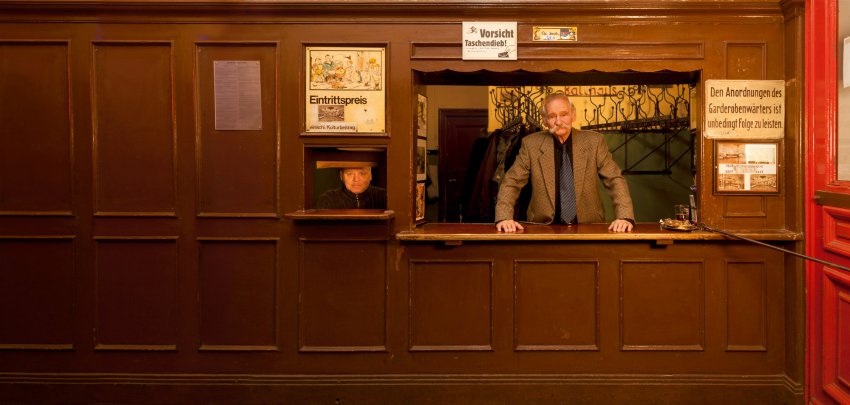
©BallhausBuch/Marion Kiesow
It is almost as if none of that tumultuous history had happened at all: a time portal into one of the last, and the most delightful remnants of old Berlin.
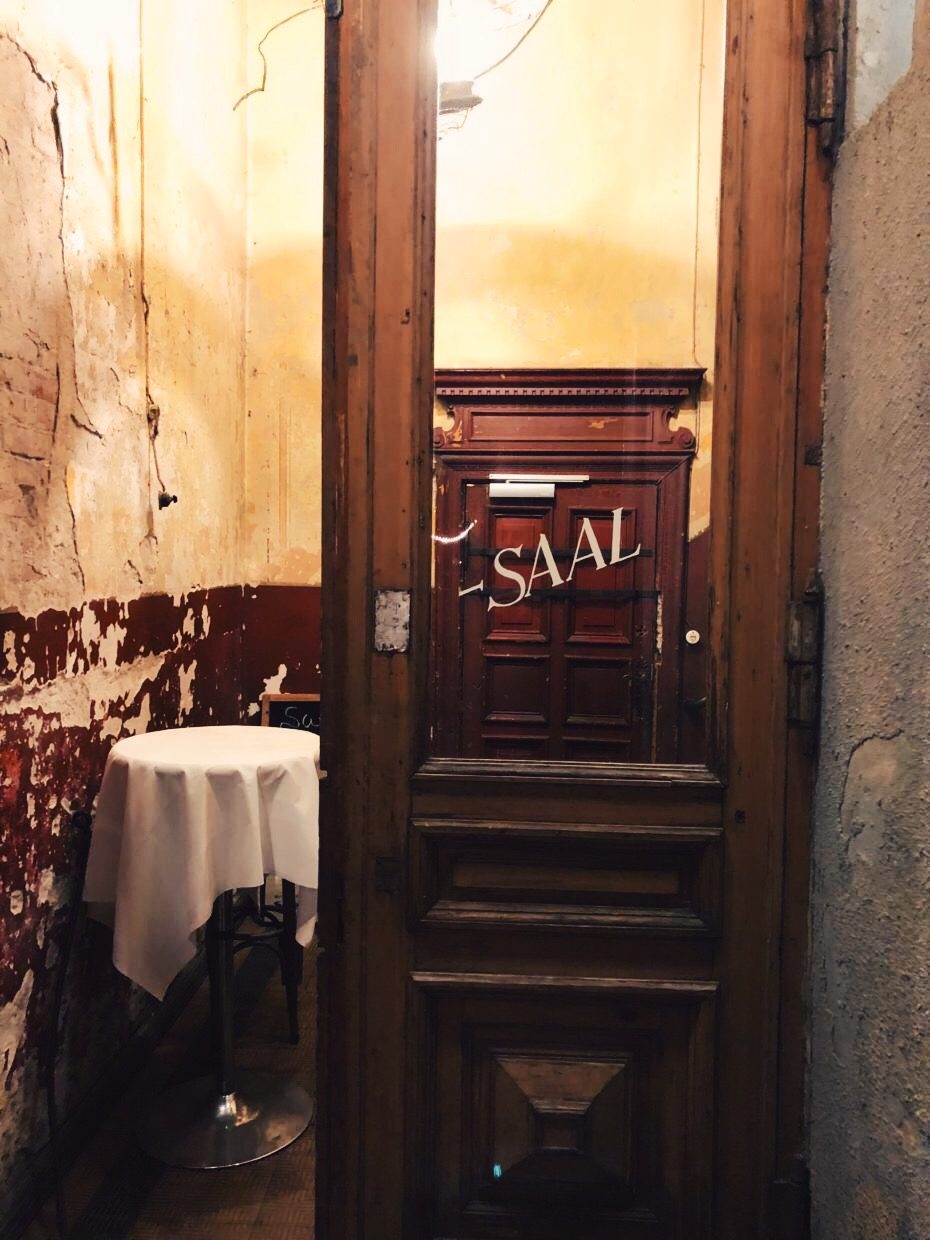
© Luke J Spencer
At the top of the stairs, you are suddenly transported to the Berlin of a century ago. It is here you will find the Spiegelsaal, the Hall of Mirrors – one of the most breath taking rooms in all of Berlin…
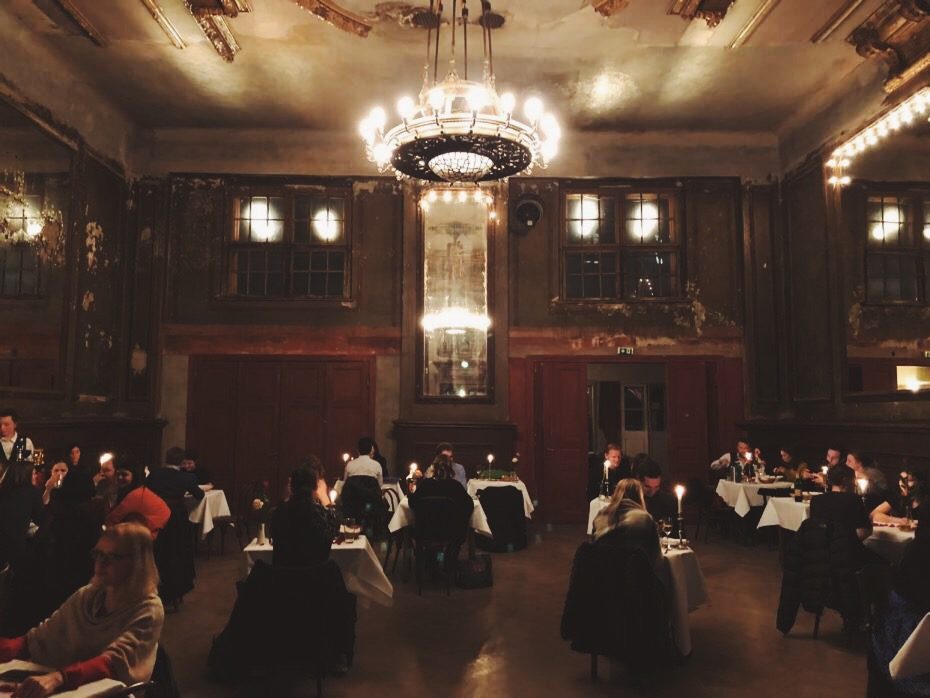
© Luke J Spencer
Whilst not as opulent as its namesake in the Palace of Versailles, the Hall of Mirrors upstairs at Clärchen’s is perhaps more magical. The room is graced with cracked mirrors, faded gilt frames, peeling paint and the air of being a place undisturbed for a hundred years.
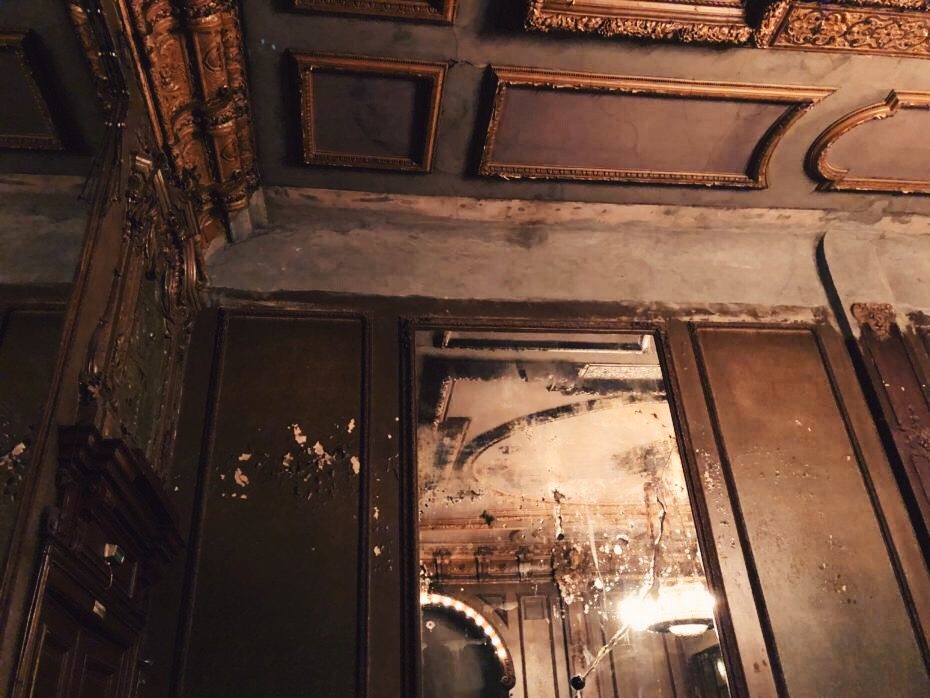
© Luke J Spencer
But the Ballhaus is far from a dusty relic – it is a thriving, pulsating place to spend the evening. Dancing takes place all week long, with specific nights for swing, cha-cha, foxtrot and and the tango.
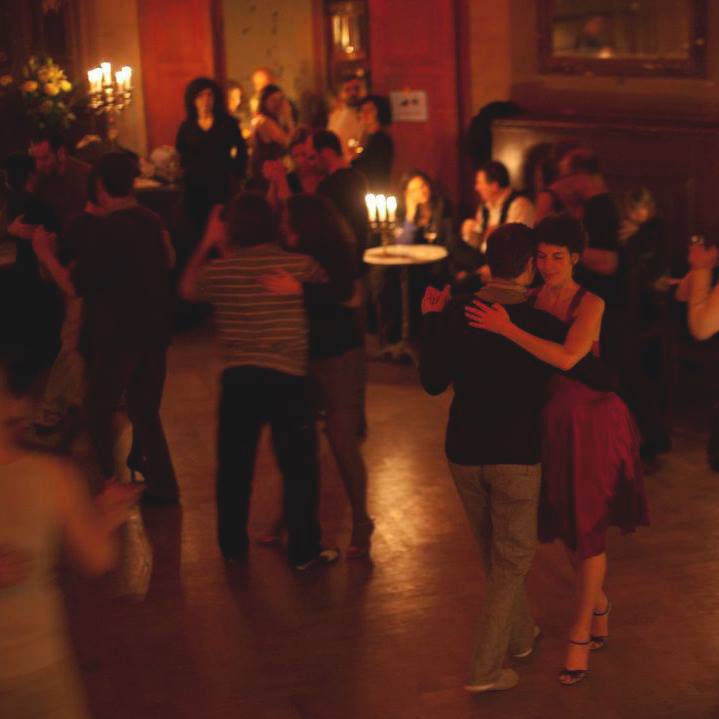
© Claerchens-ballhaus
Candlelit dinners are held upstairs in this living time capsule of the old Weimar Republic. “It is a place that exists outside of time that is accessible to all,” says Marion Kiesow, whose recent book tells the fabled story of the beguiling dance hall.
Clärchen’s Ballhaus survived the Nazi ban on American swing music, which saw it temporarily closed in 1942. During the battle for Berlin it was commandeered by the Wehrmacht as a command centre. Clärchen’s eventually felt the force of the Allied bombing of Berlin in February 1945, when the front of the building was partially destroyed. But the dancing soon returned in July the same year, amidst rubble which wasn’t completely removed for another twenty years.
During the Cold War, Clärchen’s Ballhaus struggled through life behind the Berlin wall. “The dance hall had a bad reputation during the Communist era,” Kiesow says. “But that didn’t start until after Clara’s death in 1971.” It soon developed a seedier reputation as a centre for the black market and vice, that was closely monitored by the feared Stasi.
The old dance hall suffered a decline that left it on the verge of finally being demolished, until in 2005 it was rescued by David Regehr and Christian Schulz. The pair re-invigorated the storied venue and today it thrives with regular classes, old fashioned dancing, a restaurant and bar, much as it did over a hundred years ago.
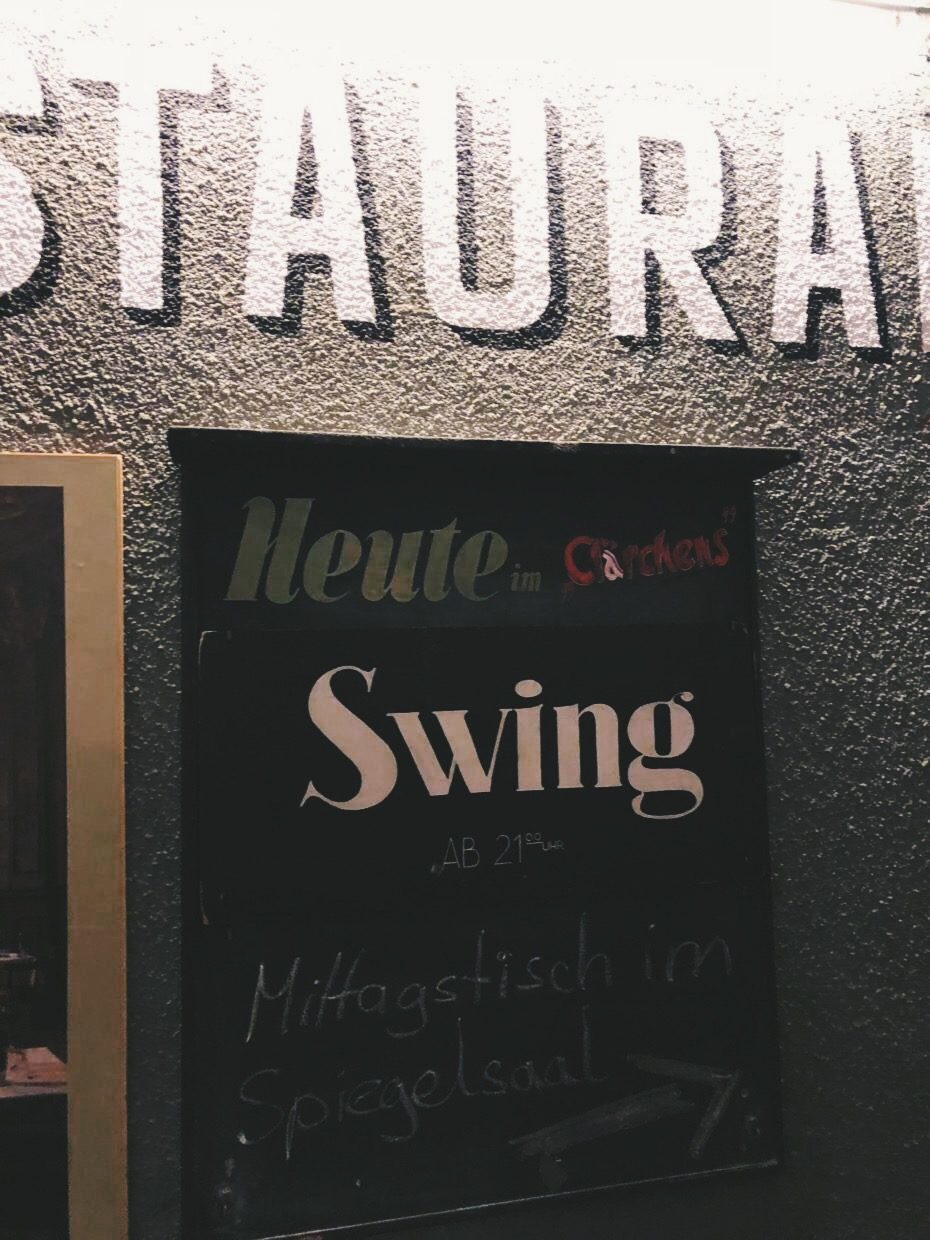
© Luke J Spencer
This enchanting relic of old Berlin attracts old and young alike. One of the oldest regulars is 91 year old Lona Jakob who still comes to be twirled around the old floorboards. It is where she met her husband over sixty years ago. “I love it here because it’s where I met my beloved.”
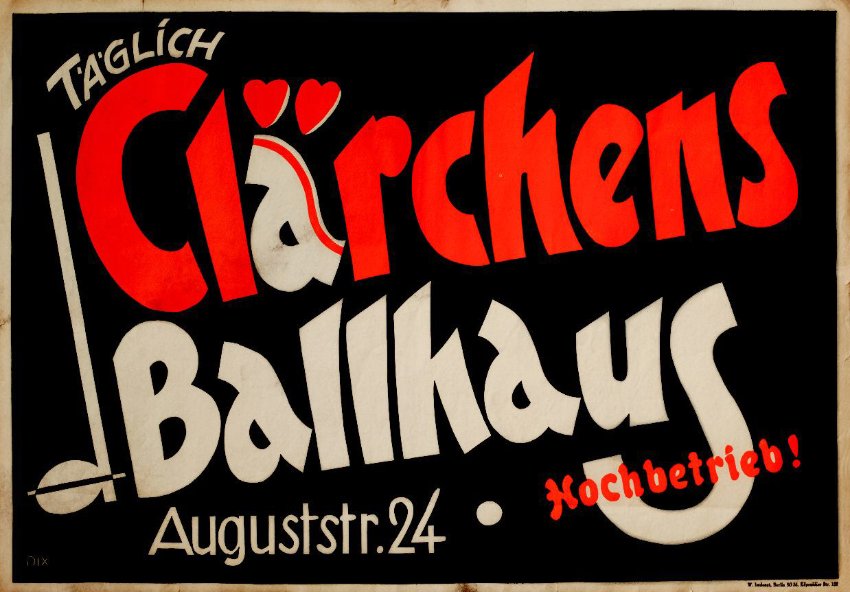
©BallhausBuch/Marion Kiesow
Clärchens Ballhaus is open everyday from 11am to midnight and until 4am on weekends.


